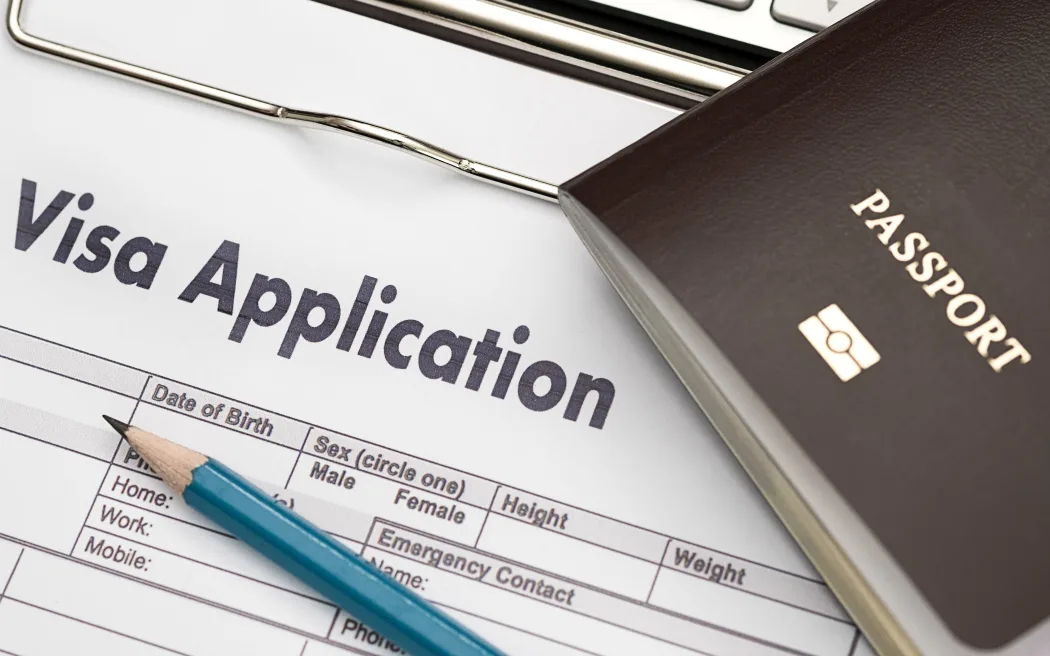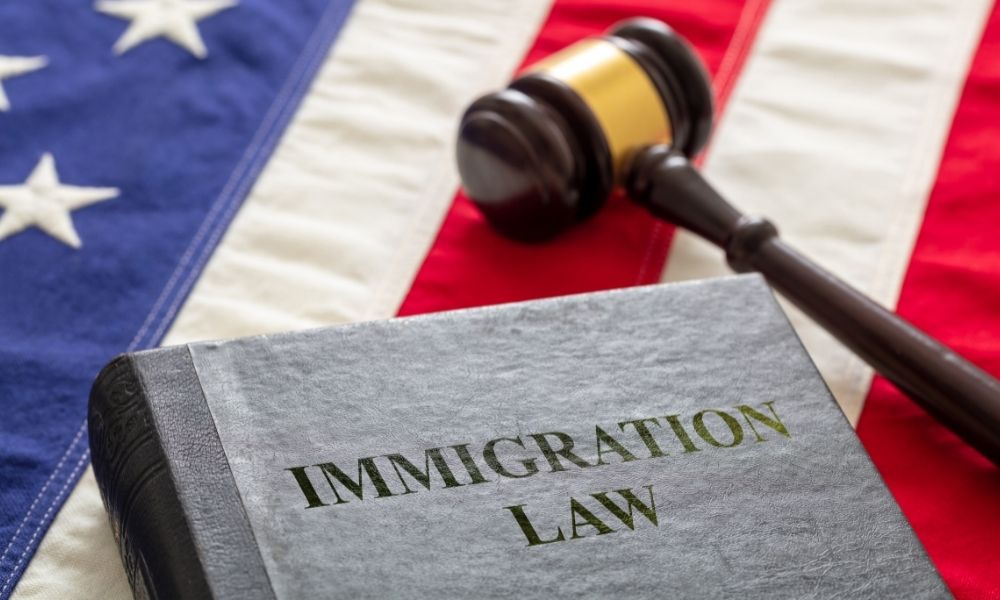Immigration laws in the United States allow foreign citizens to apply to change or extend their nonimmigrant visa status while remaining in the country. This avoids having to depart the U.S. and apply at a consulate abroad to obtain a new visa.
The process and eligibility criteria differ depending on your current visa type and the one you want to change to. Generally, you must file Form I-539 and submit supporting documents to U.S. Citizenship and Immigration Services (USCIS) before your authorized stay expires.
Some key things to keep in mind when applying to change or extend status:
Maintaining Status
In most cases, you must maintain your current status to be eligible for a change or extension. This means complying with all the terms of your present visa. For example, not engaging in unauthorized employment.
Visa Types
Some visas, like B-2 tourist visas, do not allow a change or extension. Your new desired status must also be compatible with the original purpose of your trip.
Application Deadlines
For a change of status, apply 45 days before your current status expires. For an extension, apply up to 120 days before expiration but no later than the expiration date.
Travel Restrictions
Generally, you cannot travel outside the U.S. while an application is pending without affecting your eligibility. Nor can you travel once approved until you receive the new visa documents.
Work Authorization
A change or extension of status does not automatically provide work authorization. You would need to file a separate application if employment is desired.
Accompanying Family
Each dependent family member must submit their own application with documents and biometrics. Include separate fees for each person.
Visa Options
Some of the more common visa status changes and extensions individuals pursue include:
F-1 Student Visa
Students admitted on an F-1 visa can apply to change to or extend their status to continue their studies. This might involve progressing to a higher academic level or needing more time to complete your program.
H-1B Specialty Occupation Worker
If already in the U.S. in a different status, you may be able to change to H-1B status after being sponsored by an employer. H-1B extensions beyond the 6 year cap are also possible in some cases.
J-1 Exchange Visitor
J-1 visa holders can apply for an extension if they need more time to complete their exchange program and meet the eligibility criteria.
L-2 Dependent Visa
The spouse and children of an L-1 intracompany transferee can receive extensions of their L-2 dependent status tied to that of the principal visa holder.
TN NAFTA Professional
Canadian and Mexican citizens issued a TN visa may apply for an extension in increments of up to 3 years for as long as their job and eligibility under NAFTA remain unchanged.
Changing from a tourist visa or entering the U.S. through the Visa Waiver Program (VWP) to most other nonimmigrant statuses is difficult, but possible if you meet all eligibility criteria. Always check the specific requirements for the status you want.
Use an immigration attorney if possible, as they can help ensure you file the right forms and provide supporting evidence tailored to your situation. Trying to change or extend your visa on your own is risky if you don’t fully understand the regulations and USCIS demands.







